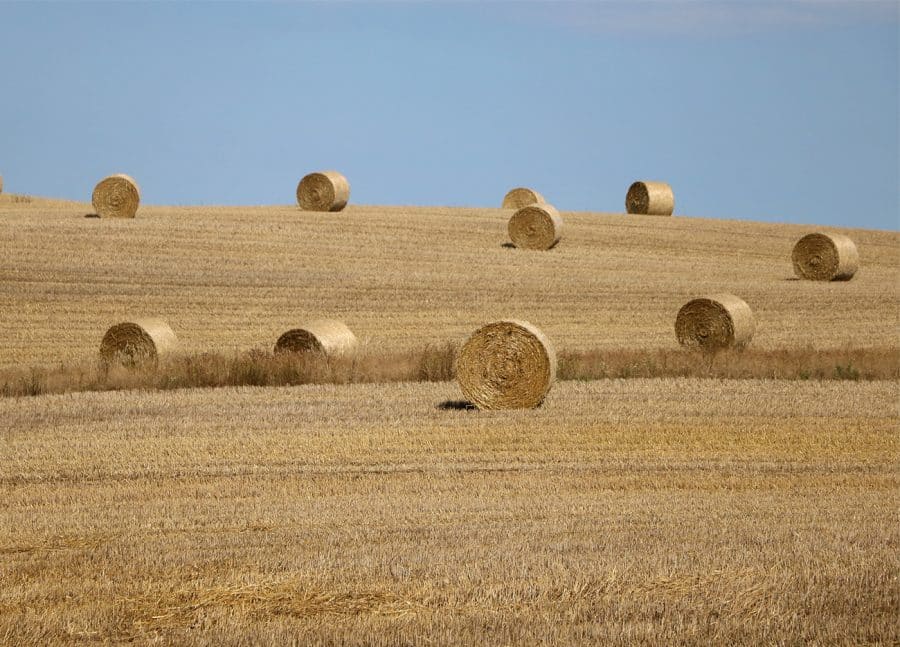Should I Feed My Horse Silage or Hay?
Most horses are happy eating both hay and silage, however, it’s not as simple as following your horse’s preference; when deciding what to feed your…

Most horses are happy eating both hay and silage, however, it’s not as simple as following your horse’s preference; when deciding what to feed your horse you should consider its health effects, as well as availability and pricing.
“If your horse is fat and crazy, don’t feed them silage” – Anonymous
What is hay and how is hay made?
Hay is any type of herbaceous plant that has been stored for fodder, however, grass is typically used. The quality of hay is determined by the condition of the leaf and seed material, as they provide greater nutrition than the stems.
The weather has a big role in creating hay. In drought conditions leaf and seed production are limited, resulting in low nutritional value. However, if conditions are too wet then the material is likely to break down in the field before it can be baled. Therefore, when creating hay the biggest challenge is navigating the weather.
Anyone who has lived in rural England knows that hay-making activities seemingly flash from 0 to 100 in a matter of days, they’ll also be familiar with the idiom to “make hay while the sun shines”. This is a result of the dry weather conditions necessary to create high-quality hay.
Once the herbaceous material has been cut and bailed to make hay effort should be taken to store the bails in a dry environment to prevent mould developing, and nutritional value being lost. Storage is particularly pertinent when feeding the material to horses and cattle as a symbiotic fungus can develop in hay which brings about illness in both animals.
Ultimately, in some years it may not be possible to make good hay owing to environmental conditions, and because of this, hay quality and price fluctuate from year to year.
What is silage and how is silage made?
Silage is a type of fodder, created through the acidification of green foliage crops – the acidification process is achieved through fermentation. A byproduct of fermentation is the characteristic sweet scent of silage. It is typical to use grass (producing haylage), however, most plant material with a moisture content ranging from 50% to 60% are viable alternatives (including potatoes).
There are two methods of creating haylage, however, both begin by cutting the grass and allowing it to rest in the field until it reaches a suitable moisture content. In England the most popular method of silage manufacture is forming the organic material into round bales, and then tightly wrapping each bale with plastic to achieve a hermetic seal. Alternatively, material is shredded, piled in a large heap, compressed to remove oxygen, and then covered with a large plastic sheet.
When should I feed hay, and when should I feed silage?
Hay is used when there isn’t enough grass available for your horse to feed on. Most horses receive some form of supplement to their grazing – silage/haylage and hay – throughout the year owing to being stabled for a portion of each day.
According to Ecosyl good hay is preferable to silage “due to the high sugar content and the reduced protein breakdown. The breakdown of hay in the rumen also results in a more synchronised release of energy and protein”.
When deciding between hay and silage the biggest concerning factor is often availability. Stores of hay are used before silage as it is more difficult to keep hay in an optimum condition, because of this, hay is typically used when it is available and silage as a fall back once supplies have been depleted.